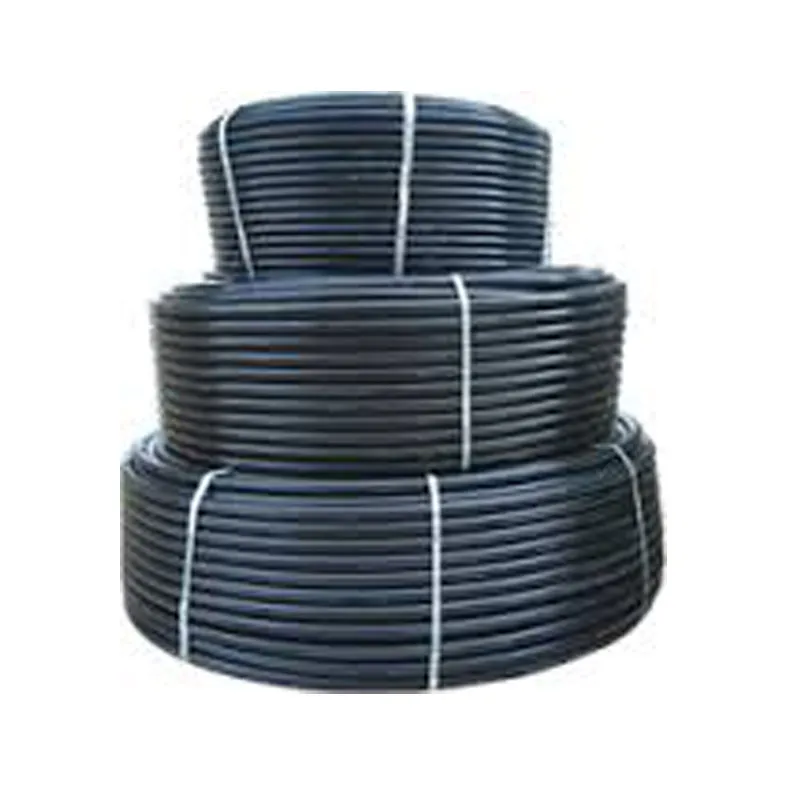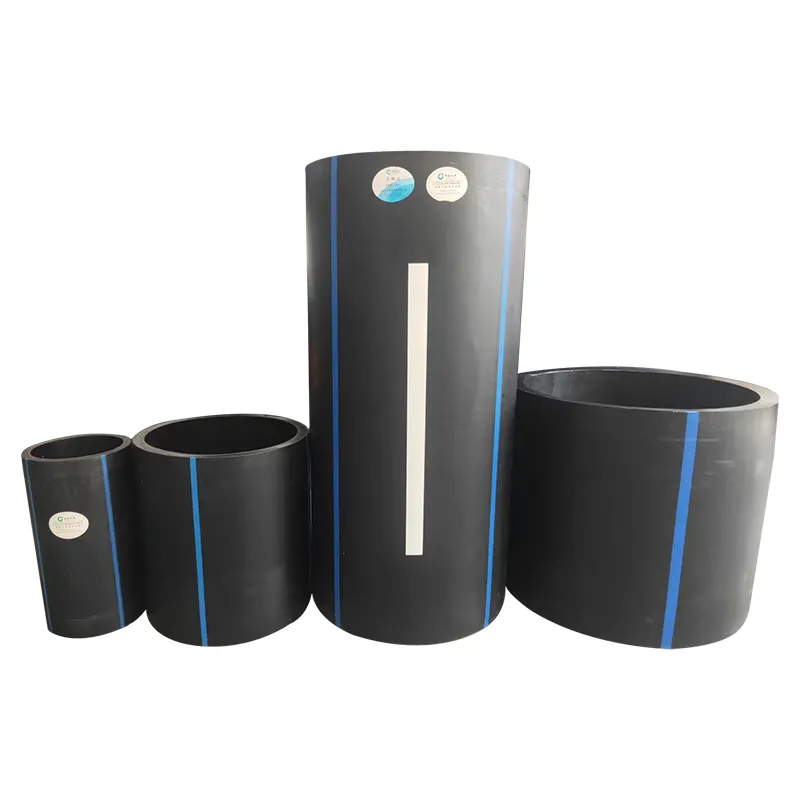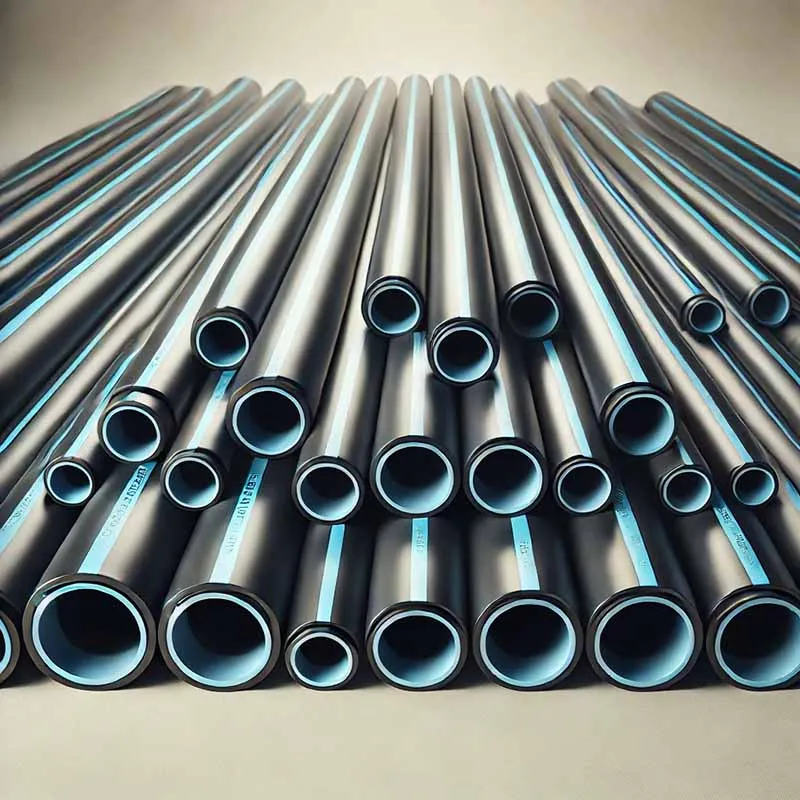In water supply projects, PVC water supply pipes have become one of the most widely used pipes due to their excellent performance, corrosion resistance, economy and convenient construction methods. In the design and construction stages, reasonable material selection, scientific design and standardized construction are the key to ensuring the long-term stable operation of the water supply pipeline system. This article will take Liansu's PVC water supply pipe as an example to elaborate in detail from the perspectives of design principles, construction requirements, common problems and solutions.
1. Key points to consider in the design stage
The design of PVC water supply pipes is the basic link for the successful implementation of water supply projects, and mainly considers factors such as pipe selection, pressure calculation, connection method and environmental adaptability.
(1) Material selection standards
In water supply projects, the selection of pipes needs to be based on the specific requirements of the use scenario. PVC pipes have the characteristics of corrosion resistance, lightness and smooth inner wall, but different projects have different requirements for pressure level, pipe diameter and service life. During the design, it is necessary to ensure that the selected PVC pipes meet national standards and specific project requirements, can adapt to different water qualities and external environments, and ensure that their pressure resistance, corrosion resistance and service life meet the requirements.
(2) Water pressure and flow calculation
Reasonable water pressure and flow calculation are the core of the design. In high-rise buildings, urban water supply and other projects, the pressure bearing capacity of the pipeline determines the reliability of the system. Designers need to calculate the working pressure of PVC pipes according to project requirements, reasonably select the wall thickness and specifications of the pipes, and ensure that the pipes can operate safely in a long-term high-pressure environment. At the same time, the flow calculation of the pipeline should also take into account future scalability to avoid poor water flow due to the design of too small pipe diameter.
(3) Selection of connection method
There are three common connection methods for PVC water supply pipes: socket, adhesive and flange. Socket connection is suitable for small and medium-sized pipes, with the advantages of simple construction and good sealing; adhesive bonding is suitable for low-pressure pipe systems and is easy to operate, but attention should be paid to the cleaning and sealing of the interface; flange connection is suitable for large-diameter pipes and scenes that require frequent disassembly and assembly. During the design, the connection method should be reasonably selected according to the specific conditions of the project to ensure the overall sealing and stability of the system.
2. Precautions during the construction phase
During the construction process, the installation and laying of PVC water supply pipes must be strictly carried out in accordance with the design requirements.
(1) Pipeline installation
During the laying of the pipeline, a certain slope must be maintained to avoid water accumulation or poor drainage in the pipeline due to improper slope, which will affect the water supply effect. In addition, external forces should be avoided from squeezing or impacting the pipeline during the installation process, especially when backfilling the earthwork. Fine soil or sand and gravel should be used to backfill to prevent stones or heavy objects from damaging the pipeline, causing leakage or breakage.
(2) Interface treatment
When connecting the socket, it is necessary to ensure that the interface is clean and free of impurities, and check for looseness after connection. When gluing, special PVC glue should be used, and it is necessary to stand for a certain period of time after connection, and then perform a water pressure test after the glue is completely cured to prevent leakage. When connecting the flange, a suitable sealing gasket should be selected to ensure that there is no risk of leakage at the connection.
(3) Temperature and pressure control
PVC pipes have limited temperature resistance and are usually suitable for conveying water at room temperature. If the temperature is too high, the pipe may deform or its pressure bearing capacity may decrease. During construction, special attention should be paid to the temperature of the construction environment to avoid the impact of extreme high temperature on pipe performance. During the operation of the pipeline system, if high-temperature liquid or high-pressure water needs to be conveyed, additional protective measures or other types of pipes should be considered.
PVC water supply pipes have become one of the commonly used pipes in modern water supply projects due to their excellent corrosion resistance, economy and convenient construction methods. Through scientific design, reasonable construction and standardized management, PVC water supply pipes can perform at their best in different environments and provide reliable protection for urban water supply and building water supply systems. In the future, with the advancement of technology and the increase in engineering needs, the application prospects of PVC pipes will be broader.




559.webp)

580.webp)

420.webp)
146.webp)
460.webp)
287.webp)
274.webp)
688.webp)
990.webp)
288.webp)


